Benefits of training behind a motorcycle
Rolling behind a motorcycle is a training technique used by professionals since time immemorial. A practice that allows you to ride at speeds that are only reached in competition without the need for a peloton to shelter us. However, it requires a mastery of the bike that makes it not suitable for all cyclists in addition to full confidence in the driver.
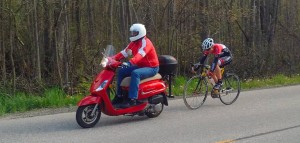
Training behind a motorcycle, the way to go beyond the limit in training
Although it may seem strange, the motorcycle is one of the training tools for many professional cyclists when giving the final touches to their physical form before competitions. A training technique that has been used for decades in cycling, even in the past there were competitions with sections behind a motorcycle, beyond the velodromes where there are still tests of this modality.
However, few understand what riding behind a motorcycle contributes beyond replacing the wheel of another cyclist or the peloton. A question that ultimately translates into one word: rhythm. When training alone, no matter how hard one tries, they are never able to reach the pedaling rhythms that occur in competition when we are inserted in a peloton that is racing ahead.
RECOMENDADO

25 cycling gifts ideas to get it right

When do helmets have to be changed? Do they have an expiration date?

Some reasons to stay away from the road in winter
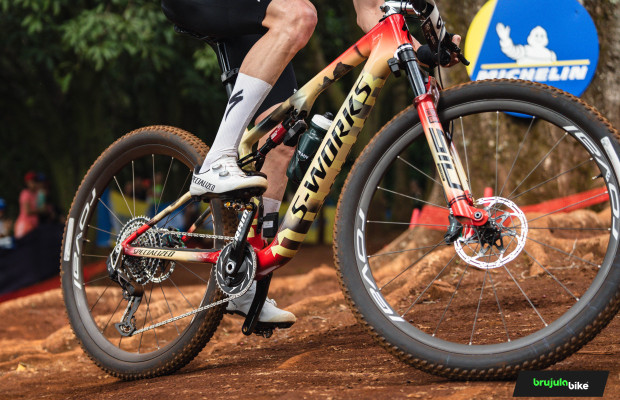
S-Works: what does it really mean and where does Specialized's most exclusive label come from?

The best apps for cycling and mountain biking

Black Friday 2025 cycling bargains: save on Garmin, POC, Maxxis and more
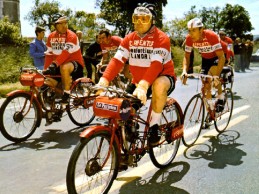
Precisely that is the main use of training behind a motorcycle: reproducing competition rhythms in day-to-day training since the draft of the motorcycle protects us and allows us to accelerate to impossible rhythms alone. Beyond the competition rhythm, pedaling at those speeds requires fine-tuning with the gear and constantly pedaling at tremendously high cadences, something that, if it weren't for the rhythms allowed by riding behind a motorcycle, would not be possible to practice outside of competition.
Additionally, training behind a motorcycle provides technical improvement when it comes to knowing how to protect oneself from the wind when riding in a peloton, helping the cyclist to be able to ride just centimeters behind what precedes them, whether it is the motorcycle or another cyclist, in addition to improving reaction capacity when pedaling at speeds that can reach around 60 km/h.
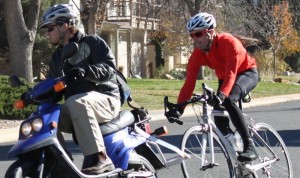
When training behind a motorcycle, it is essential to trust the driver 100%. It is most common for it to be a fellow cyclist because only someone who rides a bike is able to know how to set a constant pace, without accelerations or sudden stops, and to adapt the speed when the road changes slope. Additionally, there must be a certain complicity so that with just a gesture, the driver knows whether to speed up or slow down according to the cyclist's demands.
Of course, this type of training must be done on completely controlled roads, those with minimal traffic and where we know every meter of it. Needless to say, you should never, as is often seen on social media, ride behind a truck or car on the road with any vehicle that comes our way, mainly because it is dangerous, as it is prohibited by the traffic code for not respecting the safety distance and not knowing what the vehicle will do.
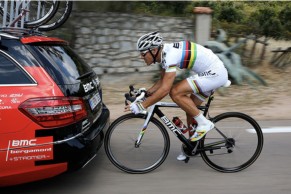
The variations when it comes to training behind a motorcycle are diverse. You can simply simulate competition rhythm by riding a certain time at a constant pace behind the motorcycle. Others usually use it after a long training session to do the last kilometers at a very high pace simulating the end of any flat stage. Finally, it can also be very helpful for those who want to simulate a sprint launch or do a series uphill reproducing an approach at full speed where teammates leave us in a position to make our move. The options are varied but, ultimately, it is about simulating real competition situations in training.
Obviously, training behind a motorcycle is extremely demanding and requires a high level of fitness, so it is usually used shortly before competitions to give that final touch to the cyclist's preparation.